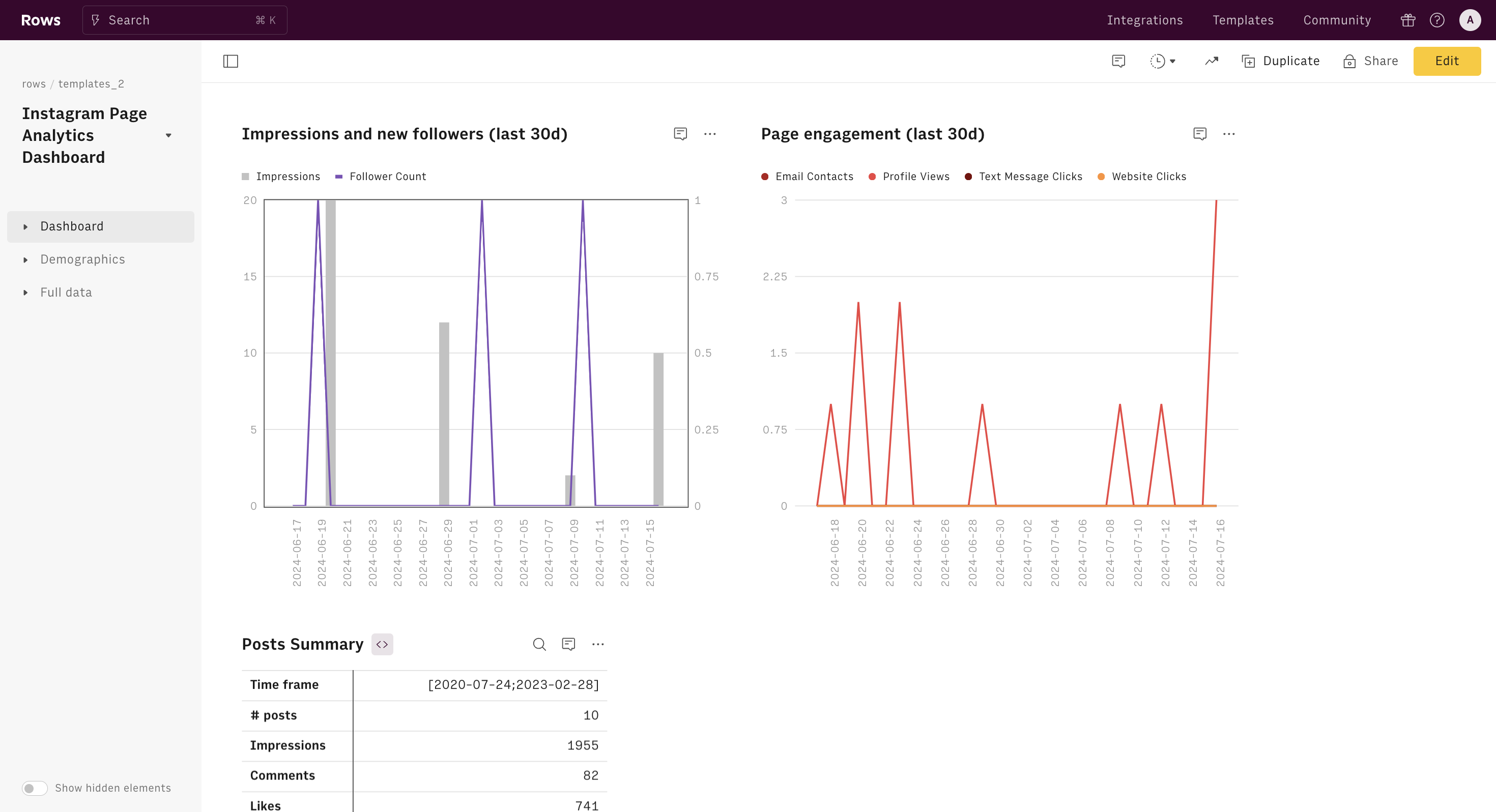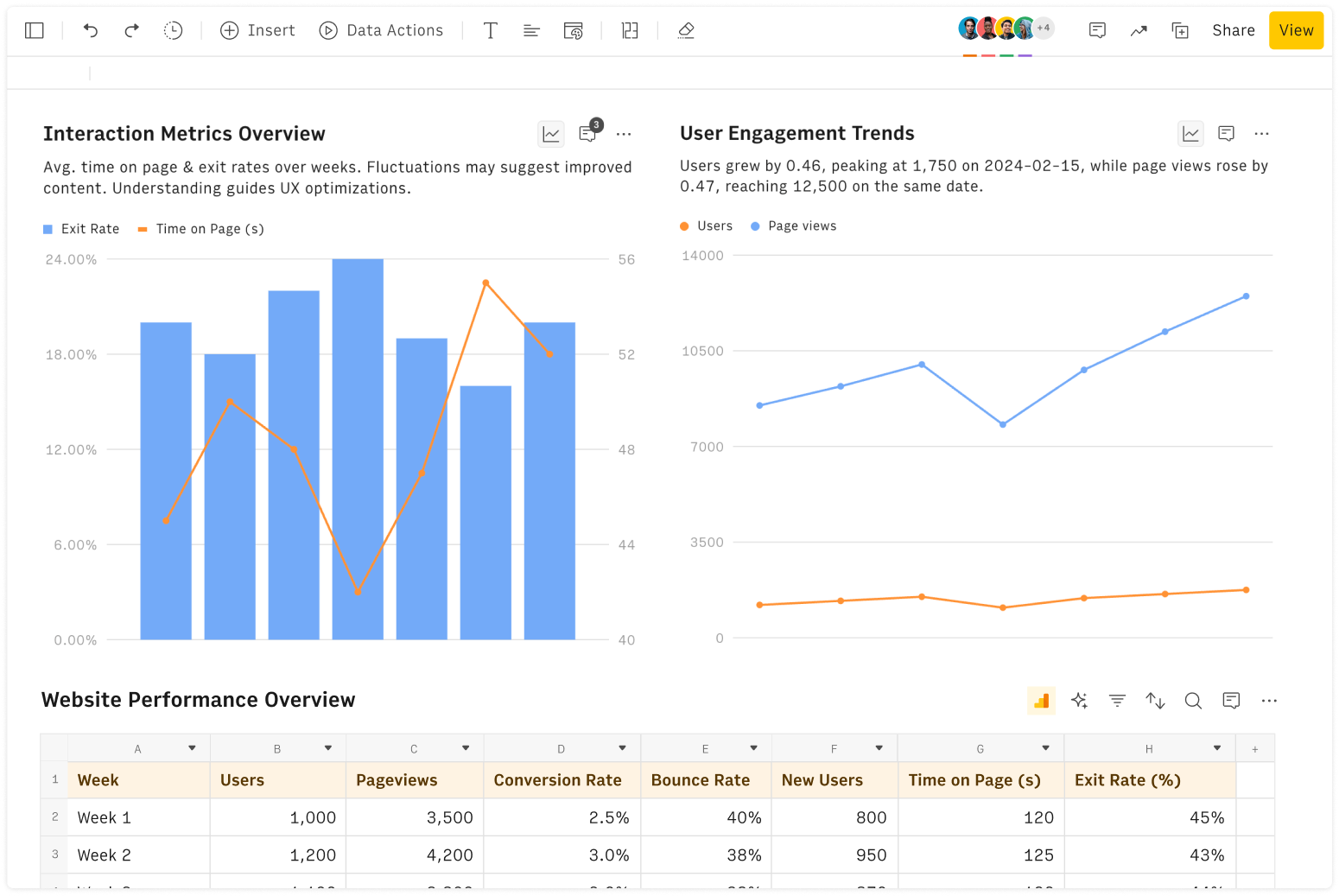What is a JavaScript Minifier?
A JavaScript Minifier (hereafter JS minifier) is a tool that compresses JavaScript files. By removing all unnecessary characters such as spaces, new lines, and comments, a minifier preserves the essential code that executes without alteration. The new streamlined version of your JavaScript enhances website load times, a critical factor in user experience and SEO rankings.
Why Minify JavaScript?
JavaScript minification files is essential for accelerating website performance, which is crucial for retaining users and improving search engine rankings. Key benefits include:
Reduced Load Times: smaller files load faster, providing a quicker, more responsive user experience.
Decreased Bandwidth Usage: minified files use less bandwidth, which can significantly reduce hosting costs.
Improved Caching Efficiency: smaller file sizes improve the effectiveness of browser caching.
How Does the JavaScript minification work?
All you need to do is to paste your JS code in the input field. With the help of AI, the JS minification procedure will perform the following steps:
Removing all comments and unnecessary whitespace.
Shortening variable and function names to the minimum possible length.
Optimizing expressions and removing dead code that the browser would never execute.
This refined output maintains full functionality while drastically reducing file size: the JS miniifer will also provide an estimate of the size saving by showing the before and after size and the percentage drop.
To solve the task, this JavaScript Minifier tool employs APPLY_TASK_OPENAI, a native AI function from Rows' catalog. Discover more use cases for AI and how Rows leverages AI to level up your spreadsheet game.
Example of Code Before and After JS Minification
Here's a simple JavaScript function that checks if a user is eligible to vote, taking into account the user's age and citizenship status:
// Function to check voting eligibility function canVote(age, isCitizen) { if (age >= 18 && isCitizen) { console.log("You are eligible to vote."); } else { console.log("You are not eligible to vote."); } } // Check voting status for a 20-year-old citizen canVote(20, true);
After the minification process, the same JavaScript function looks significantly compressed (by approx 51%):
codefunction canVote(a,b){if(a>=18&&b){console.log("You are eligible to vote.")}else{console.log("You are not eligible to vote.")}}canVote(20,true);
Key Differences and Insights
Removal of Comments and Whitespace: all comments and unnecessary spaces, such as line breaks and extra spaces around operators, are removed. This reduces the overall size of the file, improving load times.
Code Compression: even though the code appears denser and less readable, the functionality remains entirely unchanged. This is crucial for ensuring the script executes the same way while using less bandwidth.
Best Practices for Using a JS Minifier
When you minify a JavaScript code, adhere to these best practices:
Maintain Readable Source Files: always keep an unminified version of your JavaScript files for development and debugging.
Automate Minification: incorporate minification into your build process using tools like Webpack or Gulp to ensure that production files are always optimized.
Combine Minification with Other Optimizations: alongside minification, use techniques like compression (gzip) and proper HTTP caching strategies to further enhance site performance.







